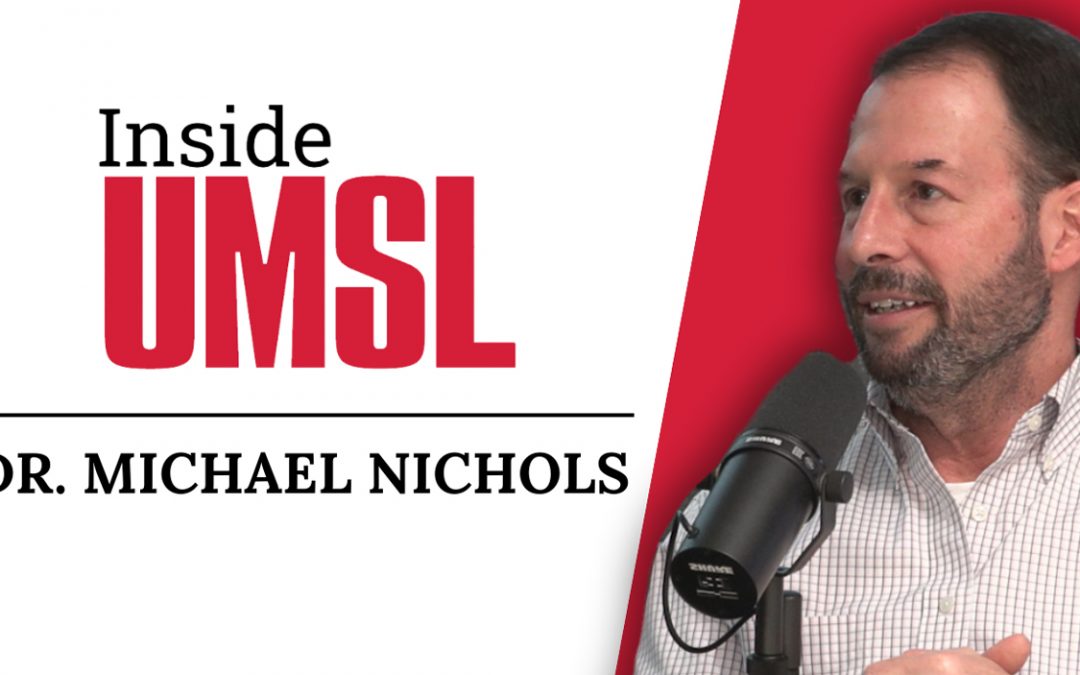
Dave Robertson, the chair of the Department of Political Science, shared his insights on the 25th Amendment last Friday on The Charlie Brennan Show with guest hosts John Hancock and Michael Kelley. (Photo by August Jennewein)
A report in Vanity Fair last week stated that former White House chief strategist Steve Bannon several months ago told Donald Trump the risk to his presidency wasn’t impeachment but rather the 25th Amendment.
That, of course, is the amendment in the U.S. Constitution that outlines the presidential line of succession and establishes measures to address presidential disabilities. Section 4 gives the majority of the Cabinet the ability to vote the president out of office.
It has led to wide discussion of whether such action would be appropriate and feasible, much less likely, in the country’s combative political climate.
Dave Robertson, the chair of the Department of Political Science at the University of Missouri–St. Louis, shared his insights on the subject Friday in an appearance on The Charlie Brennan Show on KMOX (1120 AM) with guest hosts – and UMSL alumni – John Hancock and Michael Kelley.
Robertson began with a history lesson.
“We’ve had some presidential disabilities in American history and have not had a clear route to filling the powers and the duties of the presidency while a president is disabled,” Robertson said. “We had the potential for Abraham Lincoln to have an injury that he could live through but not be capable of exercising the presidency. We had a president, Grover Cleveland, who had an operation for cancer on a boat and did it in secret so that nobody would know. And we also had a president who had a stroke and was really debilitated – Woodrow Wilson – and supposedly his wife was exercising some of the powers and duties of the presidency during that period of disability.
“So we’ve had lots of incidents, and what really brought the 25th Amendment to the fore – it’s a 1960s amendment – was President Eisenhower’s heart attack and the problems of Lyndon Johnson’s heart.”
He added: “All of those things and the importance of the presidency after World War II made it imperative to have a way to fill those duties.”
The amendment has been applied in rare instances since it was adopted in 1967. Those include when President George W. Bush invoked Section 3 before undergoing general anesthesia for colonoscopies on two occasions during his presidency.
But Robertson does not believe it was intended to or would be a realistic method of removing a president from office.
“This is designed for a temporary or maybe a long-term disability in the president,” he said. “A real serious thing like a stroke and not for a president who’s controversial or doing things that some people think are crazy and other people don’t.”
He noted that even if the Cabinet voted to remove a sitting president, their actions would not be permanent.
“It would be temporary because the president could send a written declaration that he’s fit to resume the presidency,” Robertson said. “He can send that to Congress and he takes back over unless a majority of the Cabinet again declares that he is not.”
Find Robertson’s full Oct. 13 interview in the Charlie Brennan Show archives here.














